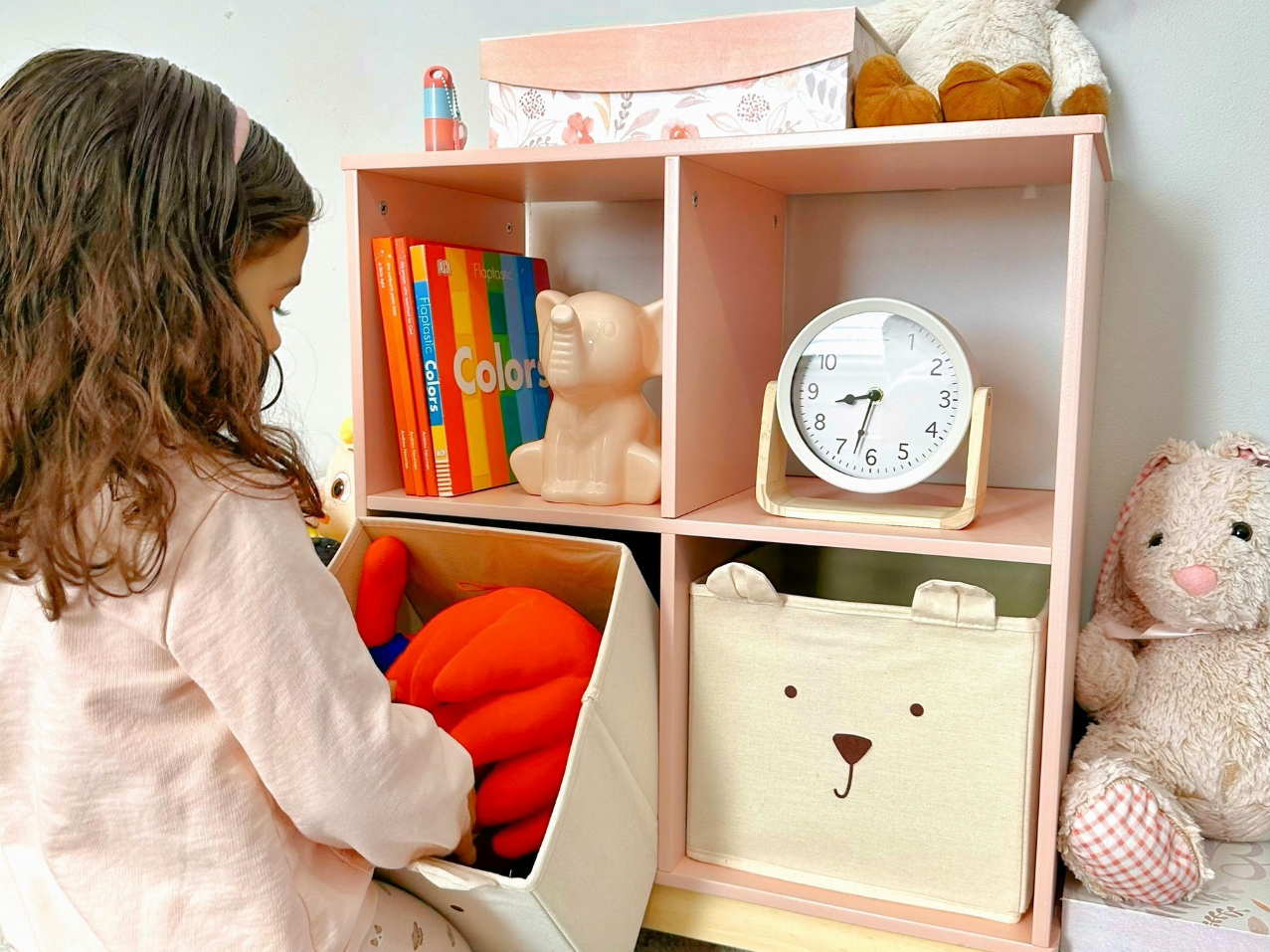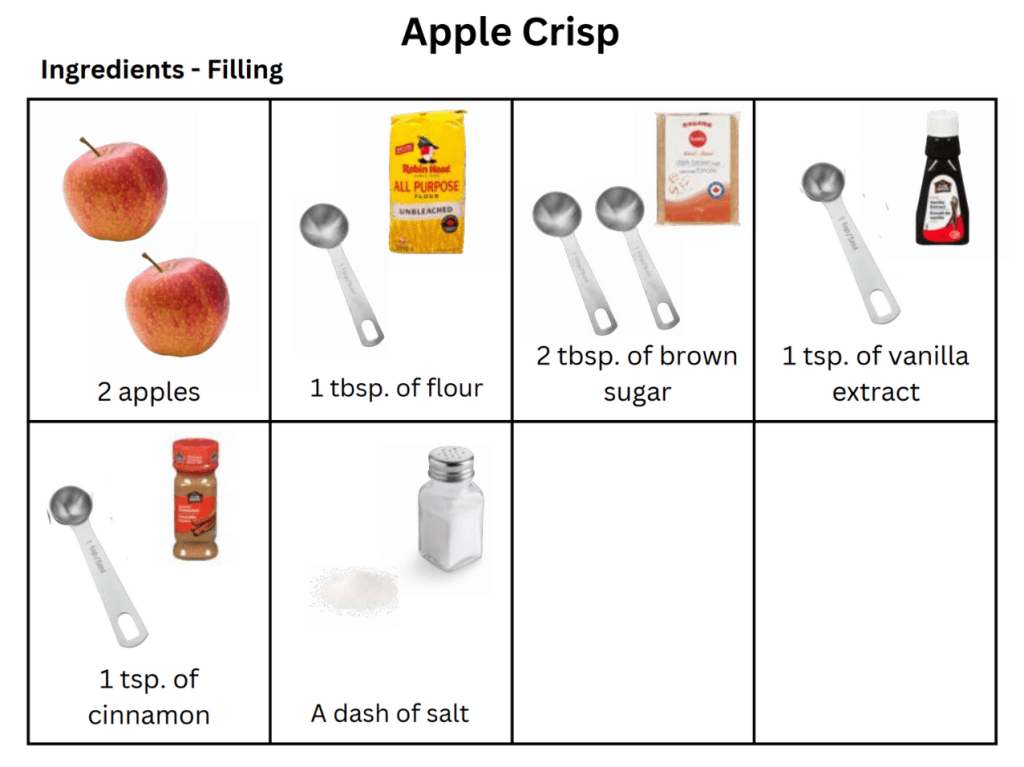Menu
-
-
Shop Holiday Items
-
Shop Gifts By Age
- Gifts For a 0-6 Month Old
- Gifts For A 6-12 Month Old
- Gifts For A One Year Old
- Gifts For A Two Year Old
- Gifts For A Three Year Old
- Gifts For A Four Year Old
- Gifts For A Five Year Old
- Gifts For A Six Year Old
- Gifts For A Seven Year Old
- Gifts For An Eight Year Old
- Gifts For A Nine Year Old
- Gifts For A Ten Year Old
-
Shop Gifts By Budget
- New Arrivals
-
Toys
- Large Active Toys
- Animal Toys
- Arts & Crafts
- Award-Winning Toys
- Bath Toys
- Birthday Wishlists
- Building Toys
- Cars, Trains, & Trucks
- Games
- Instruments
- Loose Parts Play
- Loot Bag Toys
- Made in Canada
- Outdoor Toys
- Pretend Play
- Puzzles
- Sensory And Fidget Toys
- Sensory Bin Tools & Fillers
- STEM Toys & Activities
- Toronto-Themed Gifts
- Travel Toys
- Wooden Toys
- Waiting Room Toys & Furniture
-
Montessori Materials
- Montessori At-Home Program
-
Montessori Furniture
-
Bundles & Sales
-
Books
-
Shop By Age
-
Shop By Brand
- Brands A-F
- Brands G-L
-
Brands M-R
- MagicPlaybook
- Magna Tiles
- Make Believe Ideas
- Makedo
- Manhattan Toys
- Math for Love
- Milaniwood
- MindWare
- Mojo Toys
- Moluk
- Moulin Roty
- Native Northwest
- nic
- Nienhuis
- Ooly
- Opinel
- Ostheimer
- Papoose
- Peaceable Kingdom
- Plan Toys
- Plus-Plus
- Preschool Collection Watches and Timers
- Ravensburger Puzzles
- Real Life Pages
- Brands S-Z
-
- 866-901-4696
- Gift Registry
- Login


Dialogic Reading - A Great Way To Develop Language Skills and Boost Early Literacy
2 min read
Dialogic reading is a great way to develop language skills and boost early literacy.
This simple reading strategy is when a parent/adult and child have a dialogue about the book they are reading.
Rather than reading a book from start to finish, the adult will ask questions or point out aspects of the story to prompt the child to engage in conversation.
How To Do Dialogic Reading
1. With pre-verbal infants and toddlers - take your time with each page. Even before a child learns to speak, they can show you which parts of the book they’re most interested in by looking at one image for long periods of time, gesturing, or making sounds.
Parents then create a dialogue around what the child is showing interest in, for example:
- "You pointed to the cow! Cows say ‘mooo!’ and live on a farm."
- "That’s a firetruck! We walk by the fire station on our way to the park."
2. With older toddlers and preschoolers - expand the conversation by asking more open-ended questions and encouraging the child to describe what they see, predict what might happen next, or share their own experiences related to the story.
For example:
- "What do you think the dog will do next?"
- "Why do you think she’s feeling sad?"
- "Have you ever seen a bird like that in our backyard?"
You can also encourage the child to retell parts of the story in their own words or act out the scenes with toys. The key is to keep the conversation flowing and let the child’s interests guide the discussion.
Tip: Remember that it takes longer for young children to process information, so if you ask them a question, give them time to respond before asking again or moving on. You can count to 10 slowly in your head before asking again or rewording the question.
The Benefits of Dialogic Reading
Dialogic reading has important developmental benefits!
1. Enriches vocabulary: Hearing new words in context and using them in conversation helps children understand and remember them.
2. Develops conversation skills: Children learn how to take turns, listen, and respond, which lays the foundation for strong communication.
3. Builds social and emotional skills: Talking about the characters’ feelings and actions helps children understand emotions and develop empathy.
4. Boosts early literacy skills: Discussing the story, predicting what comes next, and retelling events strengthens comprehension and critical thinking.
And, not only does it have developmental benefits, but it can also make story time more interesting for you.
If you've read the same book over and over again, incorporating dialogic reading can make the experience more engaging for both the reader and the listener.
Should You Do This Every Time You Read a Book?
No, dialogic reading doesn’t need to be done every single time you read with your child.
There are just as many benefits to your child learning to sit and listen to a story.
Dialogic reading is also most effective when used naturally, in moments where your child is curious or engaged, rather than as a strict routine.
The key is balance. Providing a mixture of interactive dialogue with calm listening gives children a well-rounded reading experience.
Join Our Montessori Community
Sign up to get weekly activities, free printables, Montessori parenting guidance, and so much more.
Plus, get $10 off your first order of $100+.
Like this article? Get new articles, weekly activities, free printables, Montessori parenting guidance, and so much more.
One mom recently shared:
"Your newsletter is always SO great. It is one of the few I open and read weekly. You provide so much value. Thank you!"


